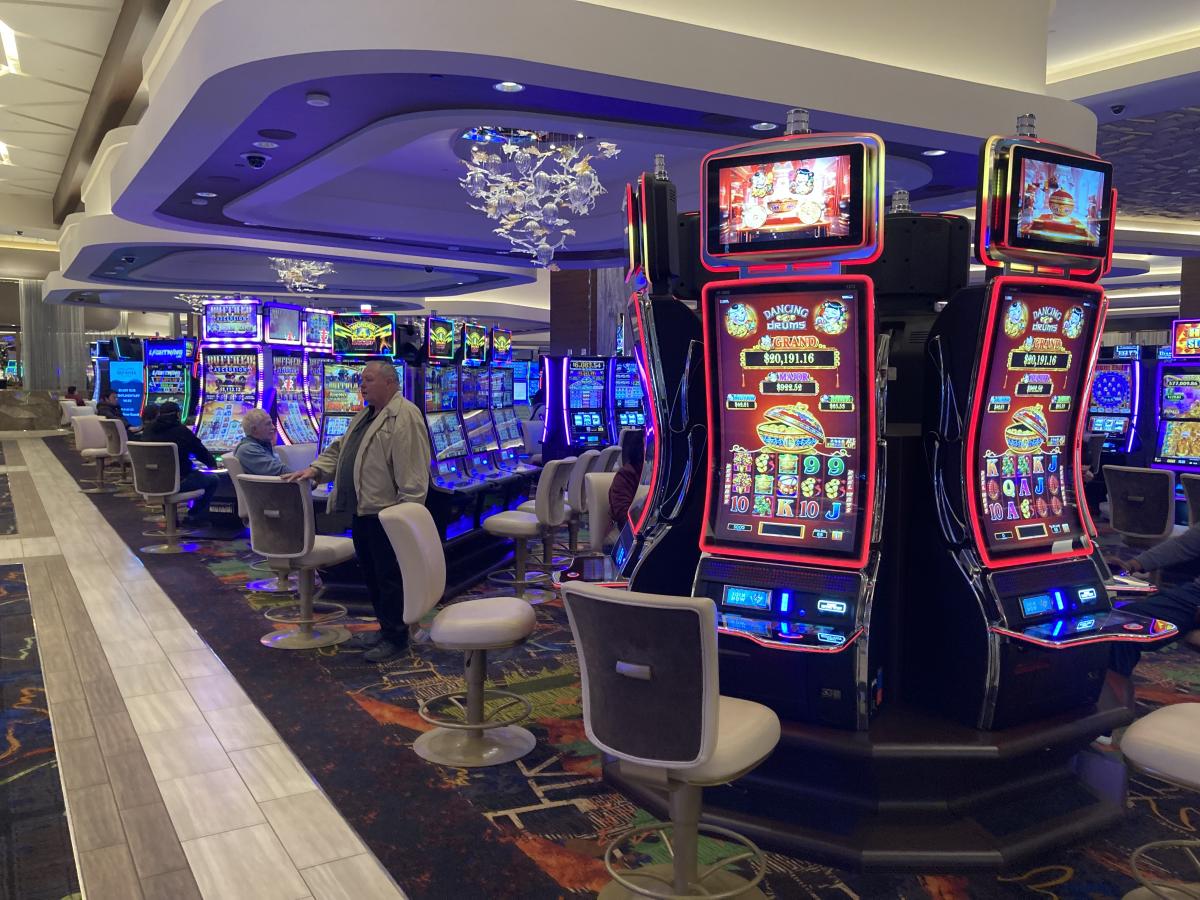
Casino games have long captivated people’s attention, drawing participants into a universe filled with chance, tactics, and the allure of adventure. Each game is painstakingly crafted not just for fun, but also to inspire targeted emotional responses that keep players engaged and committed. Understanding the drives behind these designs reveals much about how psychology plays a crucial role in the gaming experience.
From the vivid lights and lively sounds to the sophisticated layering of systems and incentives, casino games are designed to create an atmosphere of anticipation and anticipation. sayapbola login Game designers leverage mental cues to influence participant behavior, whether through the use of jackpots, near-miss scenarios, or community engagement. By examining these aspects, we can better appreciate how casino games fulfill not just a need for entertainment, but more profound psychological needs for adventure and uncertainty.
Grasping Player Actions
Casino games are crafted with a deep grasp of player psychology, which is vital for attracting and holding players. The thrill of the game, alongside the hope of winning, produces a powerful attraction. Game designers employ elements like sonic elements, colorful graphics, and engaging gameplay to capture attention and generate emotional responses. These sensory elements enhance the total environment, making players feel more invested in the game.
Another important aspect of player behavior is the concept of risk versus reward. Casino games often balance risky situations with the potential for significant rewards, which can cause the phenomenon known as near-miss experience. When players come near to winning, the brain produces dopamine, strengthening their behavior and motivating them to keep playing in pursuit of that elusive win. This cycle of anticipation and frustration plays a key role in how games are constructed and marketed.
Lastly, social elements also play a central role in player behavior at casinos. Many games are made to be played in teams or with other players, creating a sense of community and collective experience. The community engagement inherent in games like poker enhances enjoyment and can culminate in longer play sessions. Designers capitalize on this by designing environments that invite players to stay, interact, and revisit, making the overall casino experience more inviting.
The Role of Imagery and Sound
Visuals and sound play a vital role in enhancing the gambler’s experience within gambling games. Designers utilize bold colors, eye-catching graphics, and engaging animations to attract players’ attention and hold their interest. The use of motifs, such as adventure or opulence, helps create an engaging atmosphere that transports players into another world. By appealing to the senses, these elements contribute to a intensified emotional response, encouraging players to interact more profoundly with the games.
Sound design is just as important in enhancing the overall experience of gambling games. The mix of background music, sound effects for successful combinations, and ambient noises creates an auditory landscape that keeps players enthralled. Audio cues associated with victories, such as chiming bells or celebratory music, evoke feelings of thrill and reward, prompting players to continue playing. These audio cues are carefully placed to enhance the thrill of the game and create a more immersive experience.
Additionally, the synchronization of visuals and audio is important for reinforcing the game’s overall concept and mood. Each element should coordinate seamlessly to create a cohesive experience that draws players in. The effective use of this integration not only enhances user enjoyment but also boosts the chances of repeat play, as players become more engaged in the captivating world that the gambling games offer. This thoughtful combination of imagery and audio ultimately enhances player involvement and commitment.
Incentive Systems and Participation
The design of gambling experiences greatly depends on reward systems to ensure participants engaged and coming back for more. These structures are rooted in psychological theories that exploit human behavior and desire. Players are often motivated by the excitement of winning, which is reinforced by instant feedback through the game structure’s mechanics. This instant gratification not only improves the gaming experience but also cultivates a feeling of achievement, encouraging players to keep playing in hopes of bigger rewards.
Gaming establishments adopt various reward structures, including jackpots, extra rewards, and increased rewards, to captivate players. These elements create a layer of thrill that maintains engagement. Additionally, the randomness of outcomes plays a crucial role in keeping attention. The variable reward system, where successes are random but happen often enough, maintains players on edge and motivated to continue participating. This cycle of anticipation and anticipation is essential to the effectiveness of gambling experiences.
In addition, social elements, such as competitive events and collaborative options, boost the engagement factor by tapping into the competitive nature of participants. The shared experience of playing with others can intensify the thrill of winning and create a sense of community within the casino. By integrating these social dynamics with efficient incentive structures, gambling experiences don’t just provide entertainment but also foster a deeper connection among players, reinforcing their commitment to the gaming experience.
